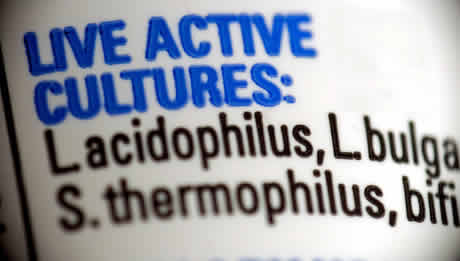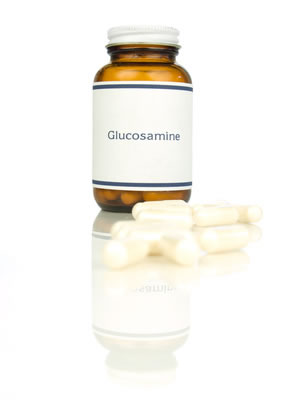Kelp is a type of seaweed, or algae, usually eaten in Asian countries, such as Japan and China. Sea kelp is a natural source of vitamins A, B1, B2, C, D and E, as well as minerals including iodine, zinc, calcium, magnesium, iron and potassium. In fact it contains the highest concentration of calcium of any food.
Kelp Benefits
Kelp has been shown to contain 46 minerals, 16 amino acids and 11 different vitamins. Kelp is a rich source of iodine, which is a crucial nutrient for the thyroid. Consuming healthy levels of iodine is important to maintaining a healthy thyroid, a gland in your neck which helps produce and regulate hormones. Iodine is necessary for the formation of thyroid hormones, which regulate the body’s energy production,promote growth and development, and help burn excess fat. A malfunctioning thyroid can result in a wide range of symptoms such as fatigue, muscle weakness. In severe or untreated cases, it can lead to serious conditions like goiters heart palpitations and impaired memory. Iodine deficiency is the leading cause of mental retardation according to World Health Organization (WHO) and symptoms may include dry, scaly skin and scalp, fatigue constipation, dysfunctional thyroid operation, infertility, increased rate of stillbirths and growth abnormalities. Deficiencies can be treated with 150micrograms of iodine daily. Prolonged use of large amount of iodine (6mg or more daily) may suppress activity of the thyroid gland
 L. acidophilus supports a favorable environment for the absorption of nutrients, encourages intestinal microflora balance, and promotes the healthy functioning of the intestinal system. Acidophilus has been used to treat or prevent vaginal yeast infections, yeast infections of the mouth, urinary tract infections and diarrhea caused by taking antibiotics. Some research has showed that acidophilus may provide additional health benefits, including improved gastrointestinal function, a boosted immune system, and a decrease in the frequency of vaginal yeast infections. Acidophilus is generally considered to be beneficial, as it produces vitamin K, lactase, and anti-microbial substances such as acidolin, acidolphilin, lactocidin, and bacteriocin.
L. acidophilus supports a favorable environment for the absorption of nutrients, encourages intestinal microflora balance, and promotes the healthy functioning of the intestinal system. Acidophilus has been used to treat or prevent vaginal yeast infections, yeast infections of the mouth, urinary tract infections and diarrhea caused by taking antibiotics. Some research has showed that acidophilus may provide additional health benefits, including improved gastrointestinal function, a boosted immune system, and a decrease in the frequency of vaginal yeast infections. Acidophilus is generally considered to be beneficial, as it produces vitamin K, lactase, and anti-microbial substances such as acidolin, acidolphilin, lactocidin, and bacteriocin. In osteoarthritis, there is a progressive degeneration of cartilage GAG (glycosaminoglycans). Glucosamine is a important structural component within joint tissue and is the starting point of the synthesis of several major macromolecules including glycoproteins, glycolipids and glycosaminoglycans. Glucosamine facilitates the synthesis of glycosaminoglycans (GAGs), and therefore replenishing the availability of these molecules would slow the degeneration of cartilage. According to a study reported in the Jan, 2001 edition of the Lancet, glucosamine helps control osteoarthritis.
In osteoarthritis, there is a progressive degeneration of cartilage GAG (glycosaminoglycans). Glucosamine is a important structural component within joint tissue and is the starting point of the synthesis of several major macromolecules including glycoproteins, glycolipids and glycosaminoglycans. Glucosamine facilitates the synthesis of glycosaminoglycans (GAGs), and therefore replenishing the availability of these molecules would slow the degeneration of cartilage. According to a study reported in the Jan, 2001 edition of the Lancet, glucosamine helps control osteoarthritis.